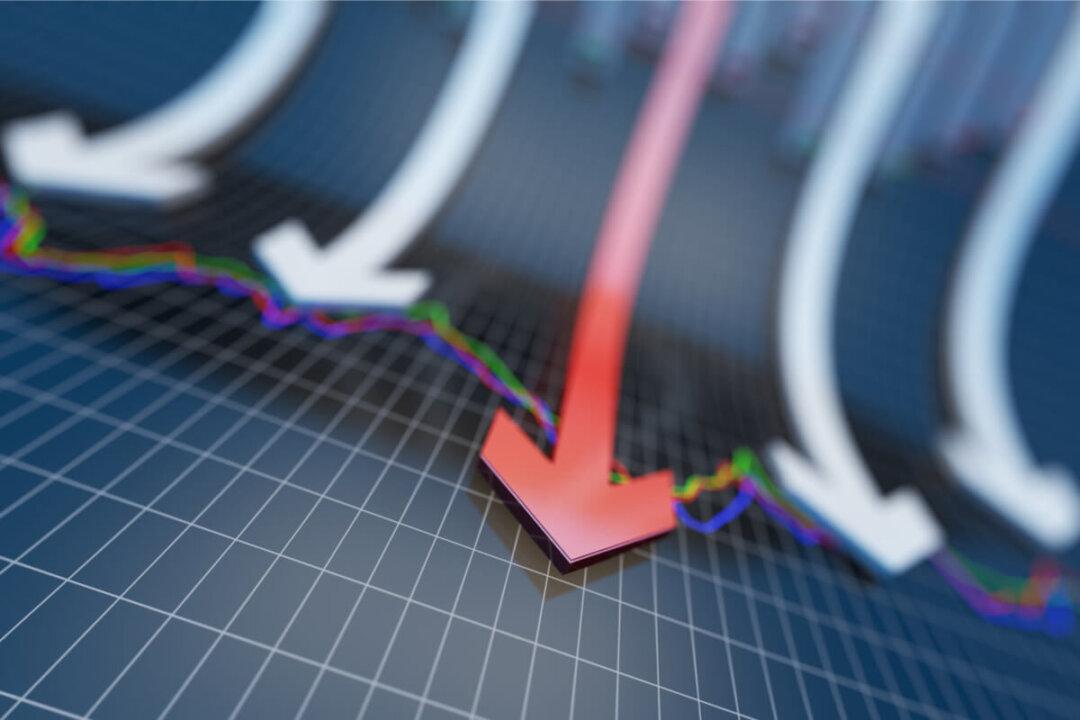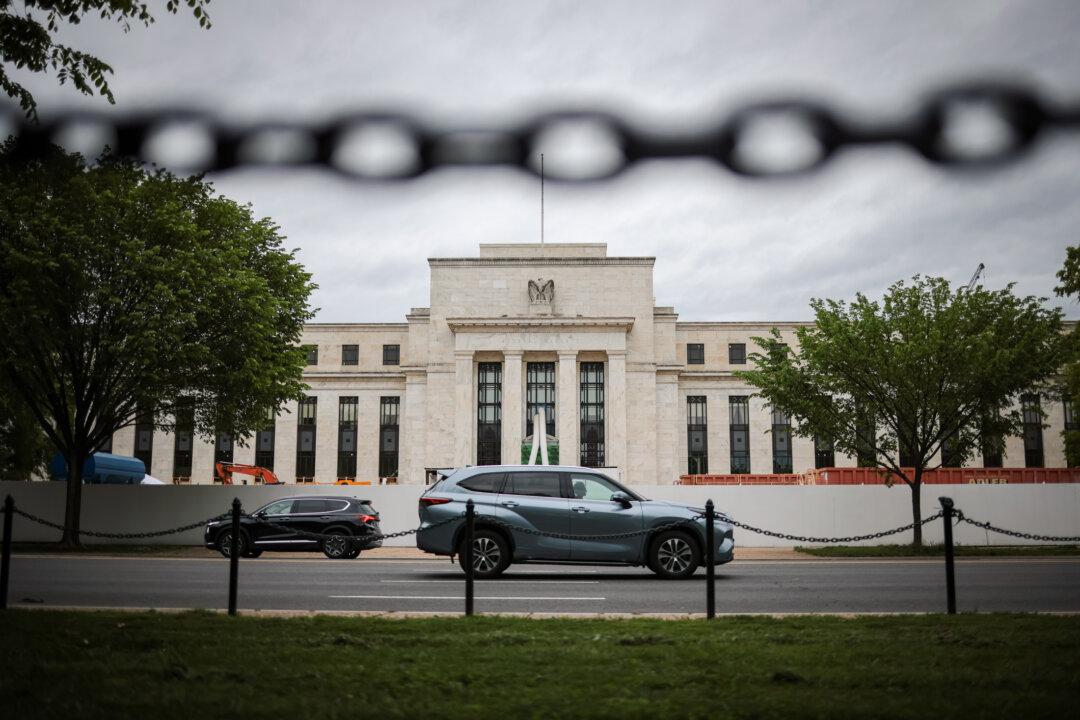Commentary
The latest released U.S. inflation was expected to slow down. The rationale behind such a bet by the economists might be the high base of a year ago: March 2021 was at 2.6 percent, and April 2021 was 4.2 percent. If only in this sense, a slower number for last month may not mean price pressure truly eased but simply an arithmetic illusion. Many having wishful thinking would regard inflation as transitory and peak out soon. One reason for having that view was too much reliance on the experience of recent decades where inflation was always contained automatically.





